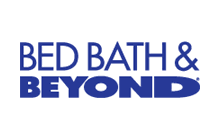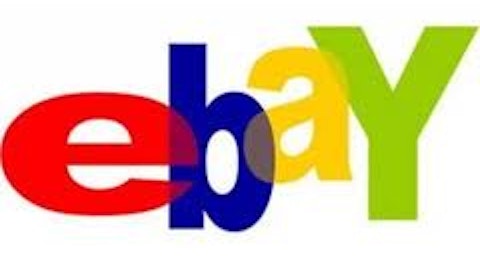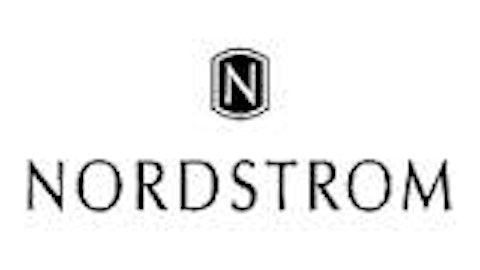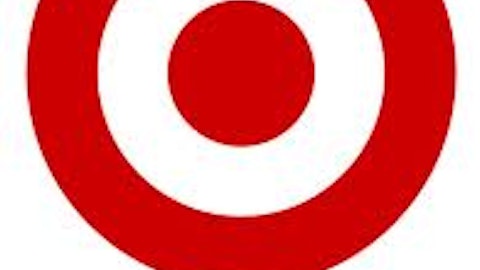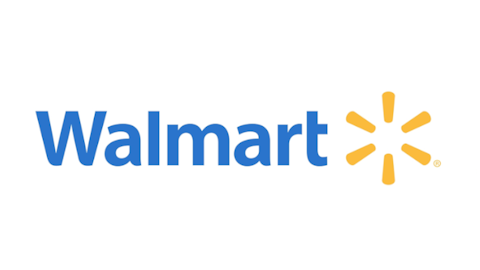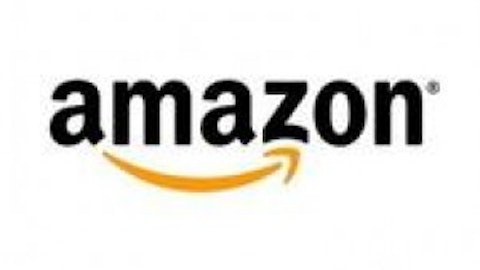Last year, Jim Cramer expected Bed Bath & Beyond Inc. (NASDAQ:BBBY) to be taken private in 2014. He thought that the retail chain operator would be acquired at around 28% premium on its current trading price. Since the middle of 2012, Bed Bath & Beyond dropped by 21% from $70 per share to $57.70 per share. In this article, I will dig deeper into the business to see whether or not investors should buy Bed Bath & Beyond at the current price.
Bed Bath & Beyond, founded in 1971, is operating a chain of 1,466 retail stores under several names including Bed Bath & Beyond, Christmas Tree Shops, and Harmon. The company maintained a diversified supplier base. Bed Bath & Beyond had around 5,600 suppliers with the largest supplier representing around 8% of the total purchases. The top 10 suppliers accounted for around 22% of the total purchases in 2011. What I like about Bed Bath & Beyond is the consistent growth in revenue, EPS and cash flow. Over the past 5 years, the company’s revenue has increased consistently from $7 billion in 2007 to $9.5 billion in 2011. In the same period, EPS has grown from $2.10 to $4.06, and free cash flow rose from $256 million to $982 million.
Three Key Factors in Analyzing a Retailer
In analyzing retail stores’ performances, investors need to focus on three factors. First is the comparable store sales growth. Comparable store sales are the sales generated from the stores that have been open for a year or more.
In the past 5 years, Bed Bath & Beyond only experienced a decline of 2.4% in comparable store sales in 2008. In 2011, the comparable store sales grew by as high as 5.9%. In the first nine months of fiscal year 2012, its comparable-store sales growth was 2.7%, lower than a 5.5% growth in last year’s third quarter.
In the first quarter of fiscal 2012, Macy’s, Inc. (NYSE:M), one of the company’s peers, experienced a comparable-store sales growth of 3.7%. Target Corporation (NYSE:TGT), another peer, had the same comparable-store sales growth as Macy’s in the first nine months of fiscal 2012, at 3.7%.
The second factor is the inventory turnover. The faster the company “turns” its inventory, the better. In the past 10 years, the inventory turnover of Bed Bath & Beyond has fluctuated in the range of 2.38 – 2.75. Over the past twelve months, its inventory turnover was 2.38. The inventory turnover of Macy’s was a bit lower at 2.25, while Target has the highest inventory turnover among the three, at 5.13.
The third factor is the amount of leverage employed in the operation. Bed Bath & Beyond did not have any debt in its balance sheet. As of November 2012, it had nearly $4 billion in total stockholders’ equity, around $850 million in cash and investments and no debt. Macy’s had a highest debt level among the three, with a D/E ratio of 1.2, while the D/E of Target was 0.9.
